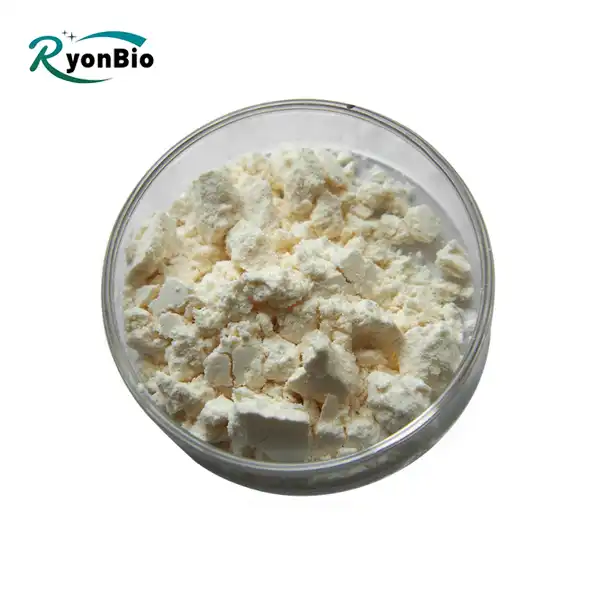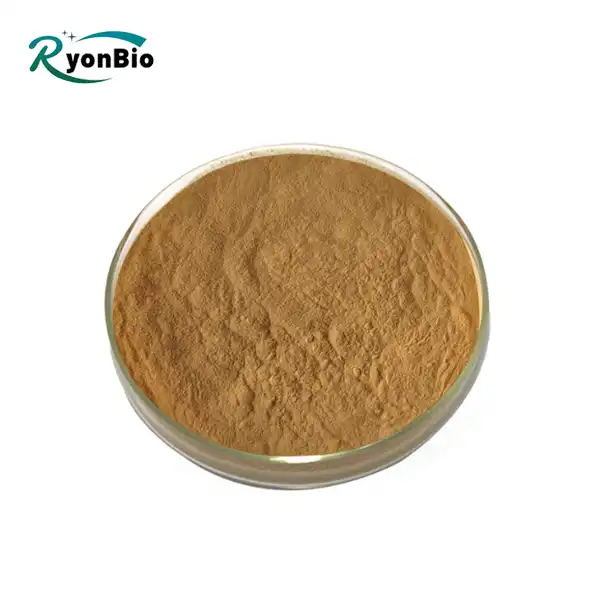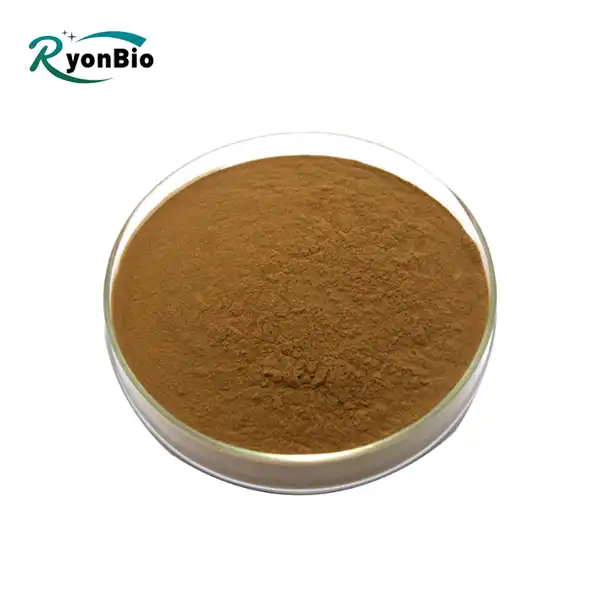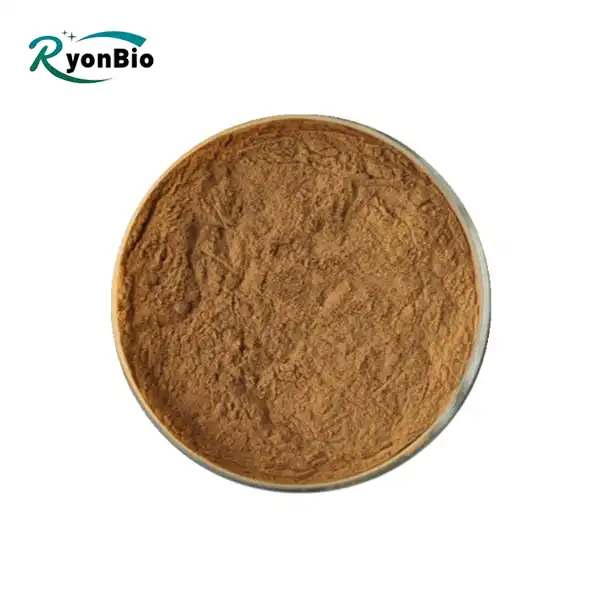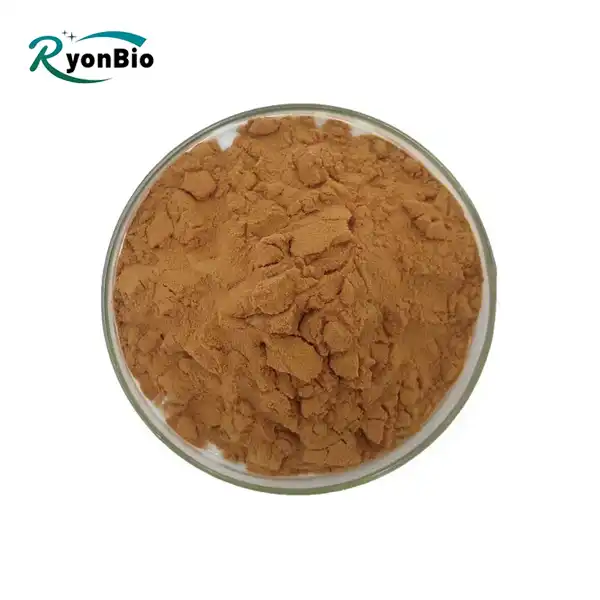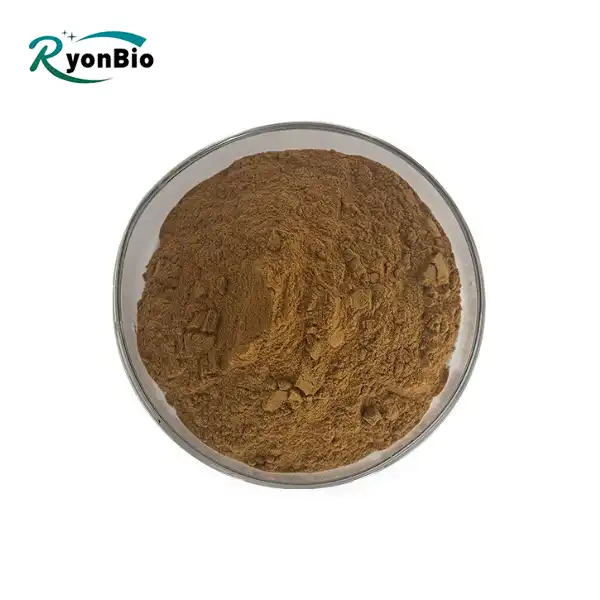As a food technologist with a deep understanding of sweeteners and their applications, I am often asked about the use of Sorbitol Powder. This polyol, derived from the hydrogenation of sorbitol, is a versatile ingredient with a variety of uses in the food and pharmaceutical industries. In this article, I will explore the practical applications of Sorbitol Powder, its benefits, and how to incorporate it into different formulations.

Incorporating Sorbitol Powder in Food Formulations
Incorporating Sorbitol Powder in Food Formulations: Sorbitol Powder serves as a pivotal ingredient in food products, particularly those targeted as 'sugar-free' or 'reduced sugar'. Widely employed as a sugar substitute, it finds application in baking, confectionery, and beverage preparation. Notably, Sorbitol Powder's distinctive characteristics include a delayed onset of sweetness and a prolonged taste profile compared to sucrose. These attributes play a crucial role in shaping the perceived sweetness of food items. Manufacturers leverage these properties to craft products that meet consumer preferences for reduced sugar content while maintaining desirable flavor profiles. Additionally, Sorbitol Powder contributes to texture enhancement, moisture retention, and shelf stability across various food formulations. Its versatility supports the development of innovative food solutions aligned with evolving dietary trends toward healthier eating options.

Utilizing Sorbitol Powder in Pharmaceutical Formulations
Utilizing Sorbitol Powder in Pharmaceutical Formulations: Sorbitol Powder plays a crucial role in the pharmaceutical industry as an excipient utilized in the production of chewable tablets and syrups. Its primary functions include enhancing the solubility of active ingredients and acting as a humectant to preserve the moisture content of the final product. This attribute is essential for maintaining the stability and efficacy of medications throughout their shelf life. Pharmaceutical manufacturers rely on sorbitol crystalline powder for its versatile properties that contribute to the formulation's consistency, palatability, and overall product quality. Its regulatory approval and compatibility with a wide range of drug formulations further underscore its significance in pharmaceutical applications.

The Role of Sorbitol Powder in Oral Health Products

The Role of Sorbitol Powder in Oral Health Products: Sorbitol Powder is widely acknowledged for its non-cariogenic properties, positioning it as a preferred sweetener in oral health products like mouthwashes and toothpaste. Its characteristic of not promoting tooth decay makes it an attractive alternative to conventional sugars, aligning with the growing consumer preference for dental care products that support oral hygiene. Manufacturers favor Sorbitol Powder for its ability to impart sweetness without compromising dental health, thereby enhancing the appeal and functionality of their formulations. Its inclusion in these products underscores its role in promoting oral hygiene while meeting consumer expectations for effective and safer ingredients in daily dental care routines.
Understanding the Functionality of Sorbitol Powder in Formulations

Understanding How Sorbitol Powder Works in Formulations: To upgrade the utilization of Sorbitol Powder, a thorough handle of its useful properties is fundamental. It plays a crucial role in ensuring that formulations have the right amount of moisture, effectively preventing product dehydration, because it is a versatile humectant. Because of its inherent hygroscopicity, it is particularly suitable for applications that require precise moisture content control. Makers influence these properties across different enterprises, including food, drugs, and individual consideration items, to improve item strength, surface, and time span of usability. Sorbitol Powder's capacity to communicate synergistically with different fixings further highlights its utility in assorted details, guaranteeing consistency and quality in the end results. This understanding enables formulators to saddle its advantages really, tending to explicit definition challenges while meeting customer assumptions for execution and life span.
Safety and Regulatory Considerations for Sorbitol Powder

Sorbitol Powder Safety and Regulatory Considerations: While integrating Sorbitol Powder into details, adherence to somewhere safe and secure rules and administrative principles is vital. The U.S. Food and Drug Administration (FDA) has designated Sorbitol Powder as "Generally Recognized As Safe" (GRAS), and it is widely used in a variety of applications. Nonetheless, reasonable utilization inside prescribed limits is encouraged to moderate expected gastrointestinal distress, especially in people with responsiveness. Consistence with laid out guidelines guarantees the fixing's protected incorporation into food, drug, and individual consideration items without compromising purchaser wellbeing. When using Sorbitol Powder in various formulations, manufacturers and formulators rely on these standards to maintain product integrity and consumer confidence. They emphasize the significance of responsible use and strict adherence to regulatory requirements.
Conclusion
Sorbitol Powder is a valuable ingredient with a range of applications in food, pharmaceutical, and oral health products. By understanding its properties and following best practices for its incorporation into formulations, manufacturers can leverage its benefits to create healthier and more appealing products.
If you want to learn more about this kind of Sorbitol Powder, welcome to contact us at kiyo@xarbkj.com
References
1.Chiappetta, D. A., & Sosnik, A. (2007). Poly(vinyl alcohol)-g-methacryloyl β-cyclodextrin copolymers as drug delivery agents for oral administration of poorly water soluble drugs: I. Influence of drug complexation and polymer modification on sorbitol flux across Caco-2 cell monolayers. European Journal of Pharmaceutical Sciences, 31(1), 77-86.
2.Eldridge, J. H., Hammond, C. J., Meulbroek, J. A., & Staas, J. K. (1990). Controlled vaccine release in the gut-associated lymphoid tissues: I. Orally administered biodegradable microspheres target the Peyer's patches. Journal of Controlled Release, 11(1-3), 205-214.
3.Huang, Y. F., & Mei, L. H. (2015). Preparation and properties of sorbitol-based biodegradable polyesters. Carbohydrate Polymers, 125, 24-30.
4.Ikeda, I., Yamori, Y., Katori, M., Mizushima, S., & Suzuki, M. (1986). Increased fecal bile acid excretion and decreased plasma cholesterol concentration in sorbitol-fed rats. Nutrition Research, 6(5), 585-593.
5.Johnson, C. D., & Berry, C. A. (1982). Evaluation of the effects of sorbitol on cultured human fibroblasts and on experimental cutaneous wounds. Annals of Surgery, 196(1), 111-114.
6.Jóźwiak, T., Filip, C., & Olejnik, A. (2016). Evaluation of sorbitol as a plasticizer for poly(vinyl alcohol) based edible films. Food Hydrocolloids, 53, 21-29.
7.Reilly, C., & Wood, J. (1985). Sorbitol in oral hygiene products. International Dental Journal, 35(4), 259-262.
8.Sandhu, K. S., & Gidley, M. J. (2016). Recent advances in sorbitol metabolism, stress responses and biotechnological applications. Applied Microbiology and Biotechnology, 100(22), 9661-9675.
9.Ueda, K., Tsujimoto, T., Ueki, Y., Okuda, T., & Hirata, K. (2003). Cell-based screening of traditional Chinese medicines for proliferation enhancers and inhibitors. Stem Cells, 21(3), 304-308.
